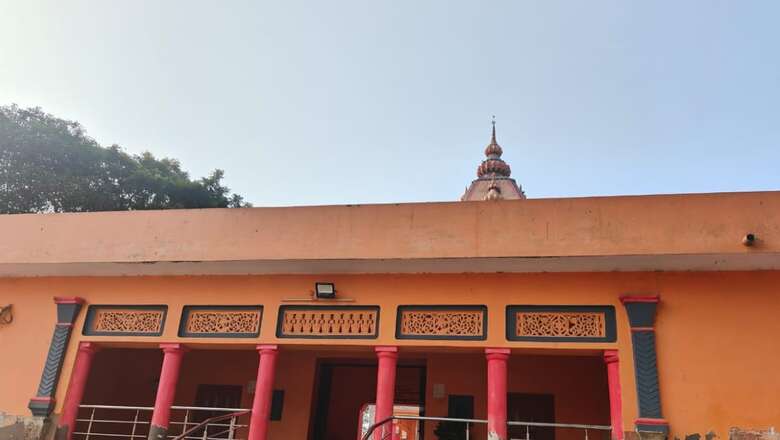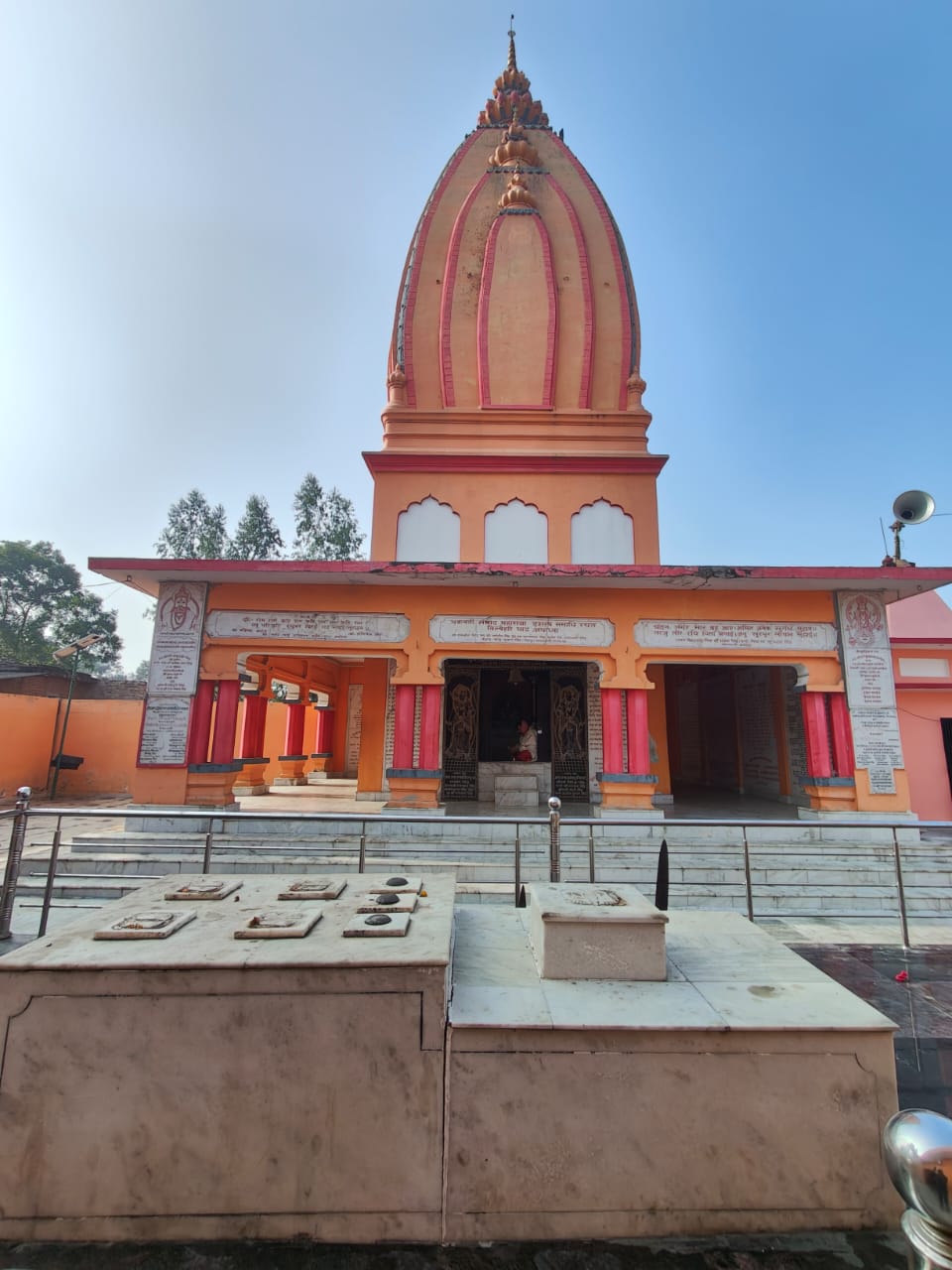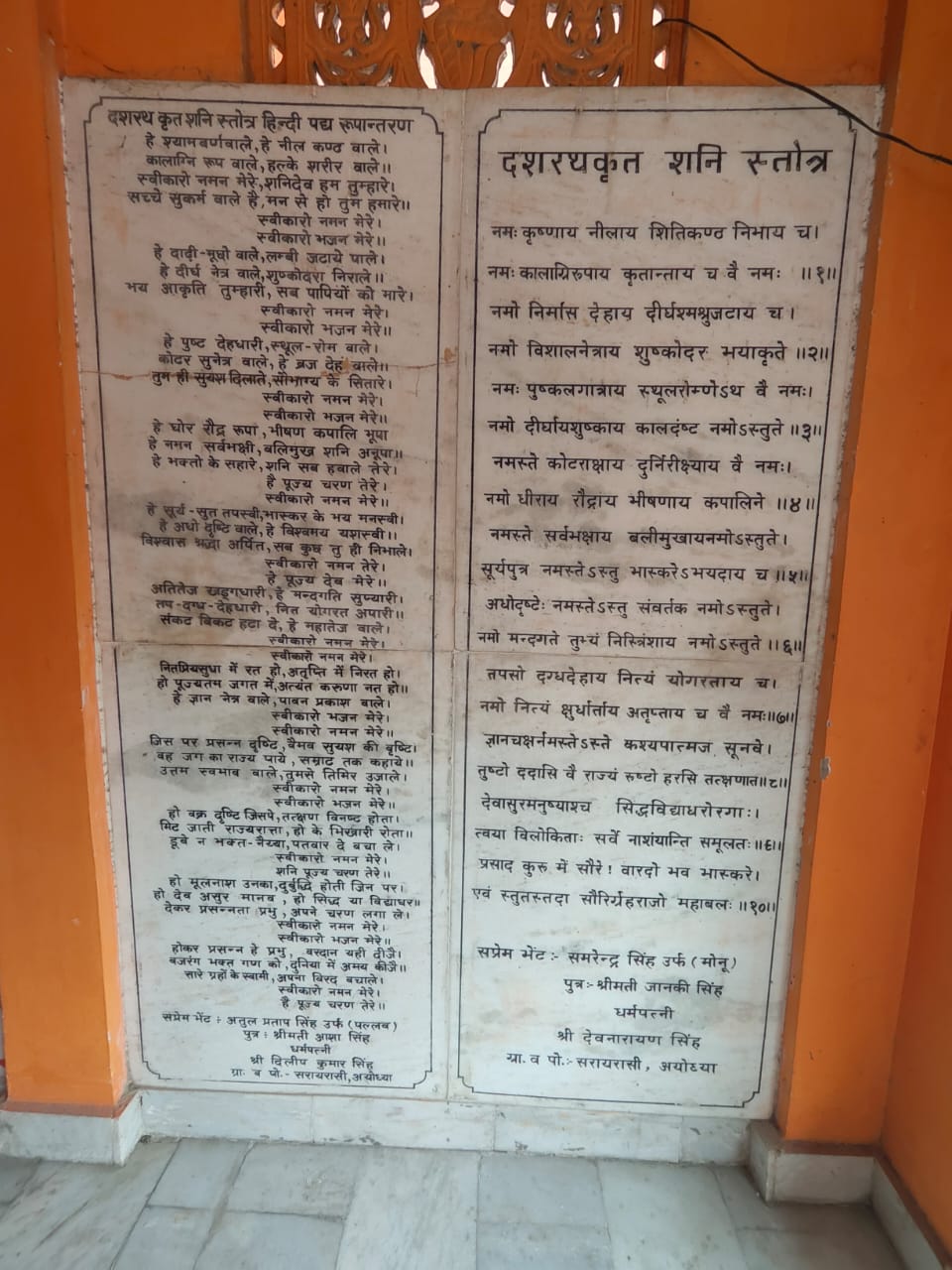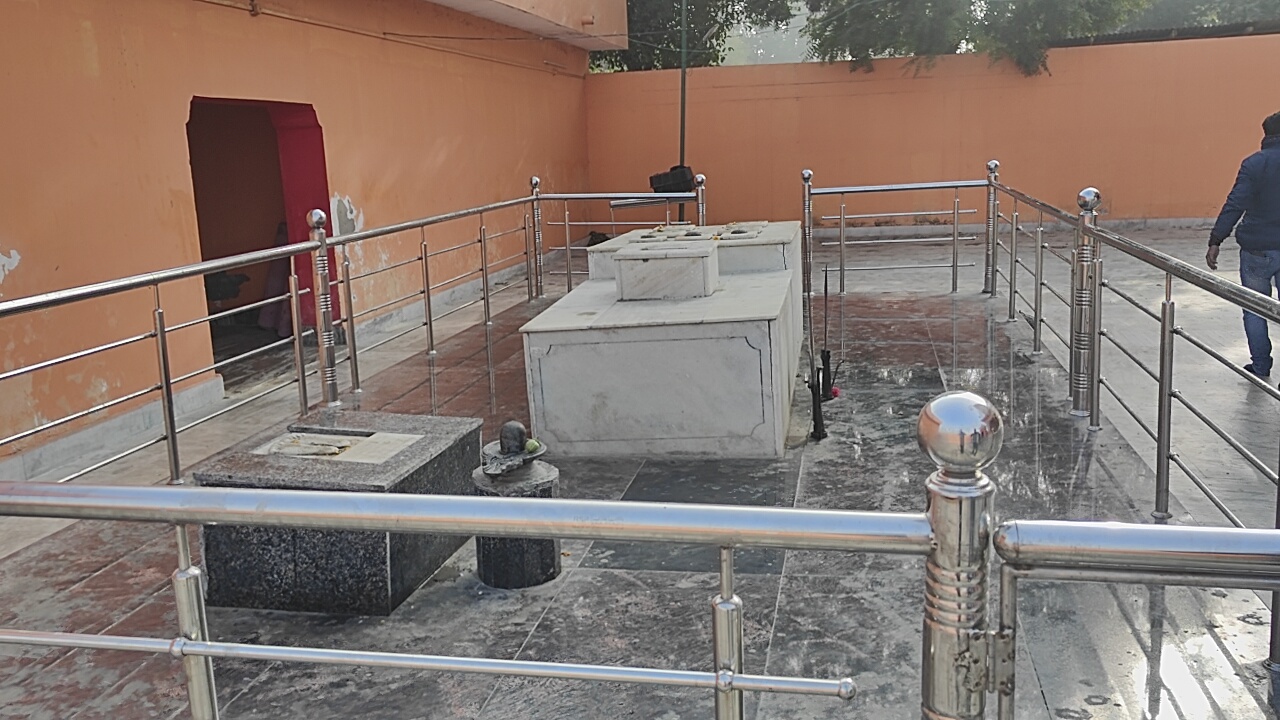
views
Second to the grand Ram Mandir, it is the ‘Samadhi Sthal’ of Lord Ram’s father Raja Dasharatha that will likely be the most popular tourist destination in Ayodhya, with the UP Government planning a mega facelift of the site. As per the Ramayana and Vishnu Purana, King Dasharatha was the ruler of the Kosala Kingdom whose capital was Ayodhya.
“Raja Dasharatha Samadhi Sthal, despite having great historical and mythological significance, was subjected to utter neglect and apathy. Previous governments paid least heed towards the upliftment of the Samadhi Sthal that has been lying in neglect since inception. However, the UP government is going to give a mega facelift to the Samadhi Sthal in order to bring it on the tourists’ map,” a UP government spokesperson said.

The government will carry out the project in phases. “The first phase that is expected to take off shortly after ‘Pran Pratishtha’ ceremony of the idol of Lord Ram would focus on strengthening and enhancing the aesthetic appeal of the Samadhi Sthal, whereas the second phase envisages the development of the area,” the spokesperson said.
Sandeep Das Maharaj, the priest at Raja Dasharatha Samadhi Sthal, explained the significance of the site. “As per Padma Purana, anyone who visits the Samadhi Sthal and recites the ‘Shani Stotra’ composed by Raja Dasharatha is liberated from the troubles caused by shani,” he said.

Raja Dasharatha Samadhi Sthal will also host a series of programmes as part of the ‘Pran Pratishtha’ or consecration ceremony in Ayodhya on January 22. Cultural programs, Ramlila and bhajan-kirtan by eminent artists are some of the events planned. In addition, there will be rituals, ceremonies, and cultural activities to showcase the heritage of the newly revitalised Ayodhya.
Sharing the facelift blueprint, the UP government official quoted previously said: “Boosting the connectivity would be the first priority. Under this, there is a plan to widen the road by 24 meters to reach the Raja Dasharatha Samadhi Sthal. It will be connected to Navya Ayodhya. It will be followed by the expansion of the campus, wherein the campus would be expanded, beautified, and strengthened,” the official said.

Sandeep Das Maharaj, while elaborating the historical significance of the Samadhi Sthal, said that after the demise of King Dasharatha, his son Bharat sought guidance on the most sacred location for Dasharatha’s final rites. Under the leadership of Guru Vashishtha, this location was then chosen for the cremation ceremony, he added.
He claimed that the ‘charan paduka’ of all four brothers, Pind Vedi, Guru Vashishtha’s footprints, and ancient historical weapons are present intact at the location. The statues of King Dasharatha, Bharat, Shatrughna, and Guru Vashishtha are also present.
The UP government also plans to renovate the Satsang Bhavan, transforming it into a bhajan-kirtan venue at the Samadhi Sthal.
















Comments
0 comment